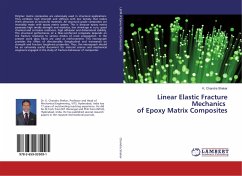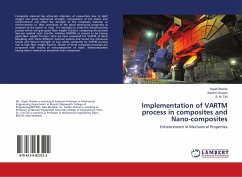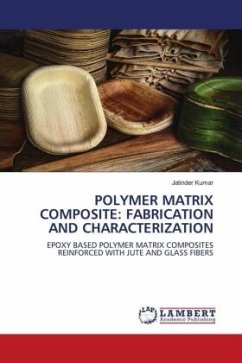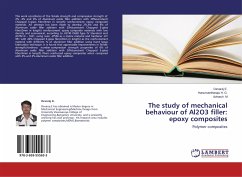Polymer matrix composites are extensively used in structural applications. They combine high strength and stiffness with low density that makes them attractive as structural materials. All structural grade composites are invariably made with epoxy matrix system. This is because epoxy matrix possesses high tensile strength and modulus, low shrinkage in cure, good chemical and corrosion resistance, high adhesion and dimensional stability. The structural performance of a fiber-reinforced composite depends on the fracture resistance to various modes of crack propagation. In the present work glass fibers are used as reinforcement. This monograph provides the effect of directionality (longitudinal and transverse) on strength and fracture toughness properties. Thus, this monograph should be an extremely useful document for material science and mechanical engineers engaged in the study of fracture behaviour of composites.
Bitte wählen Sie Ihr Anliegen aus.
Rechnungen
Retourenschein anfordern
Bestellstatus
Storno








